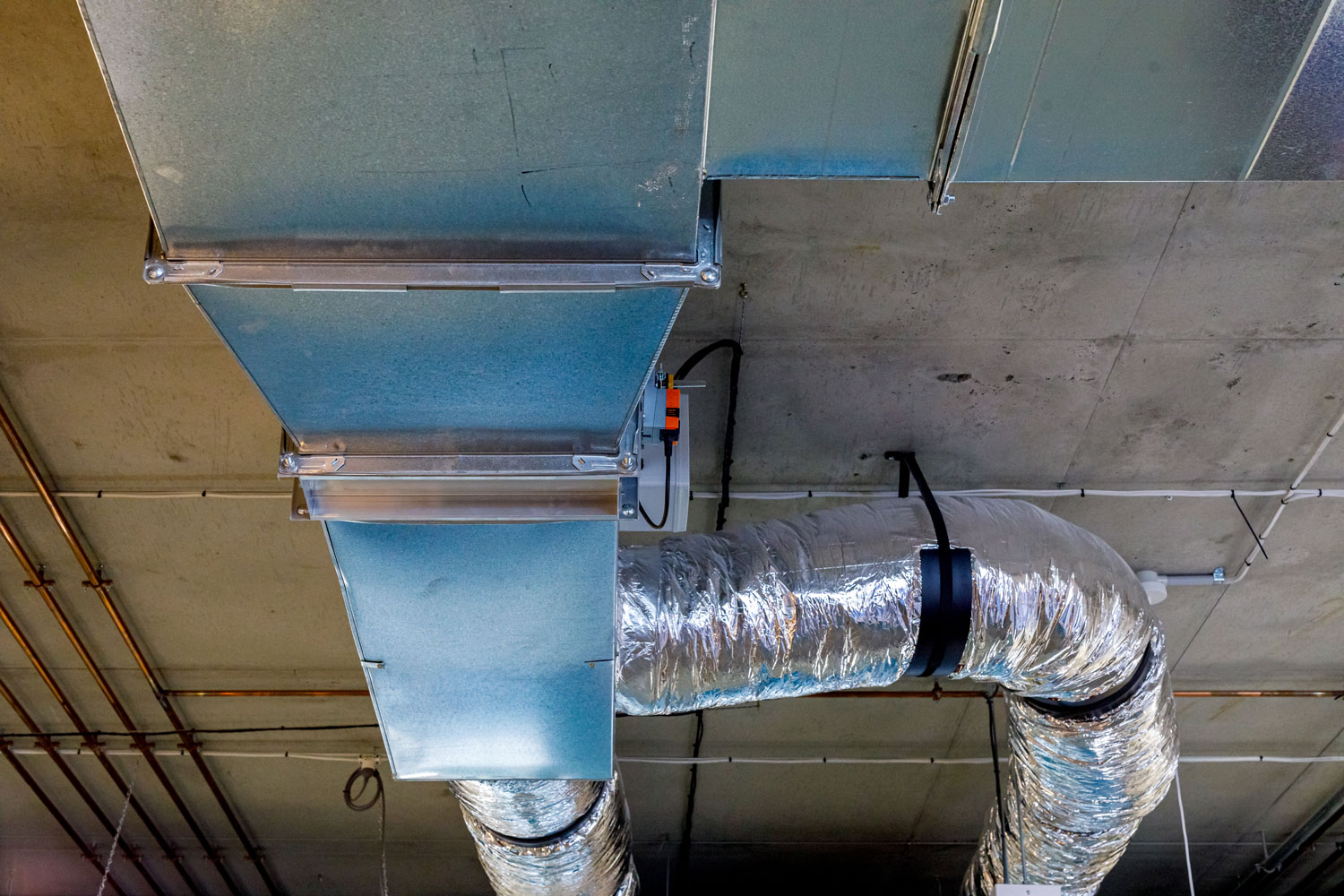A basement doesn't just have to be for storage; it can be a great living space. To stay comfortable in the basement, you may want to install an HVAC system. But how much would it cost to install an HVAC system? We consulted the experts and here's what you need to know.
While several factors determine how much it costs to install an HVAC system, generally, HVAC units cost between $4,850 and $9,400.
On top of that, installing the HVAC system would cost between $4,000 and $5,000 for 1000 square feet and between $9,000 and $10,000 for 3,000 square feet.
However, the cost of installing an HVAC system is determined by several factors, some of which include:
- Size of the AC
- Ductwork
- HVAC brands
- Type of AC according to how they work
Continue reading to understand in-depth the factors that determine the cost of installing an HVAC in your basement, some of which are the size, the type of ductwork, and the brand you prefer to buy. Also, find out the different prices of the AC according to how they function.
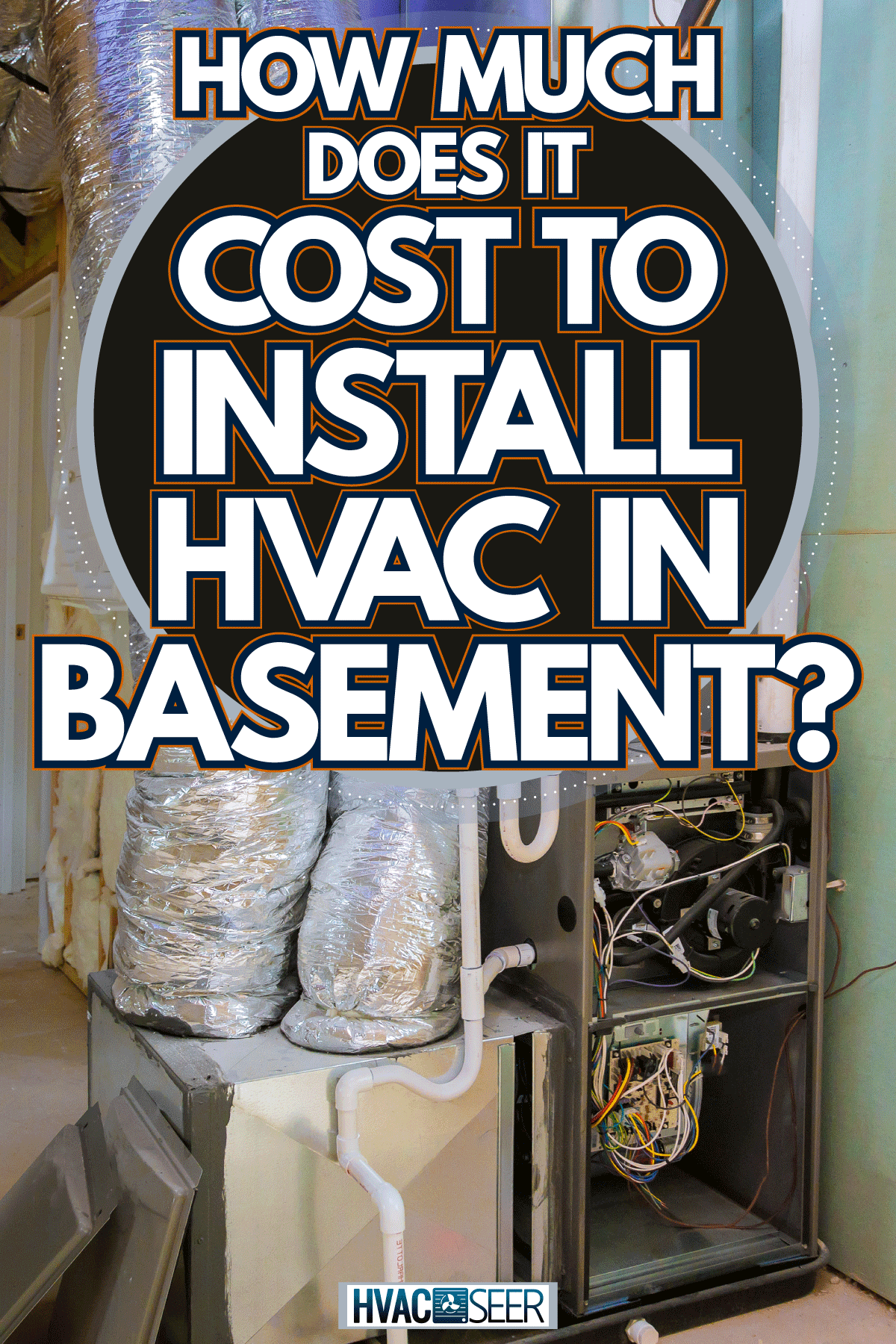
Factors Determining The Cost Of An HVAC Unit
Planning is key to budgeting for the installation of an HVAC system in your basement. Below are some factors that will give you a rough idea of how much you are likely to spend.
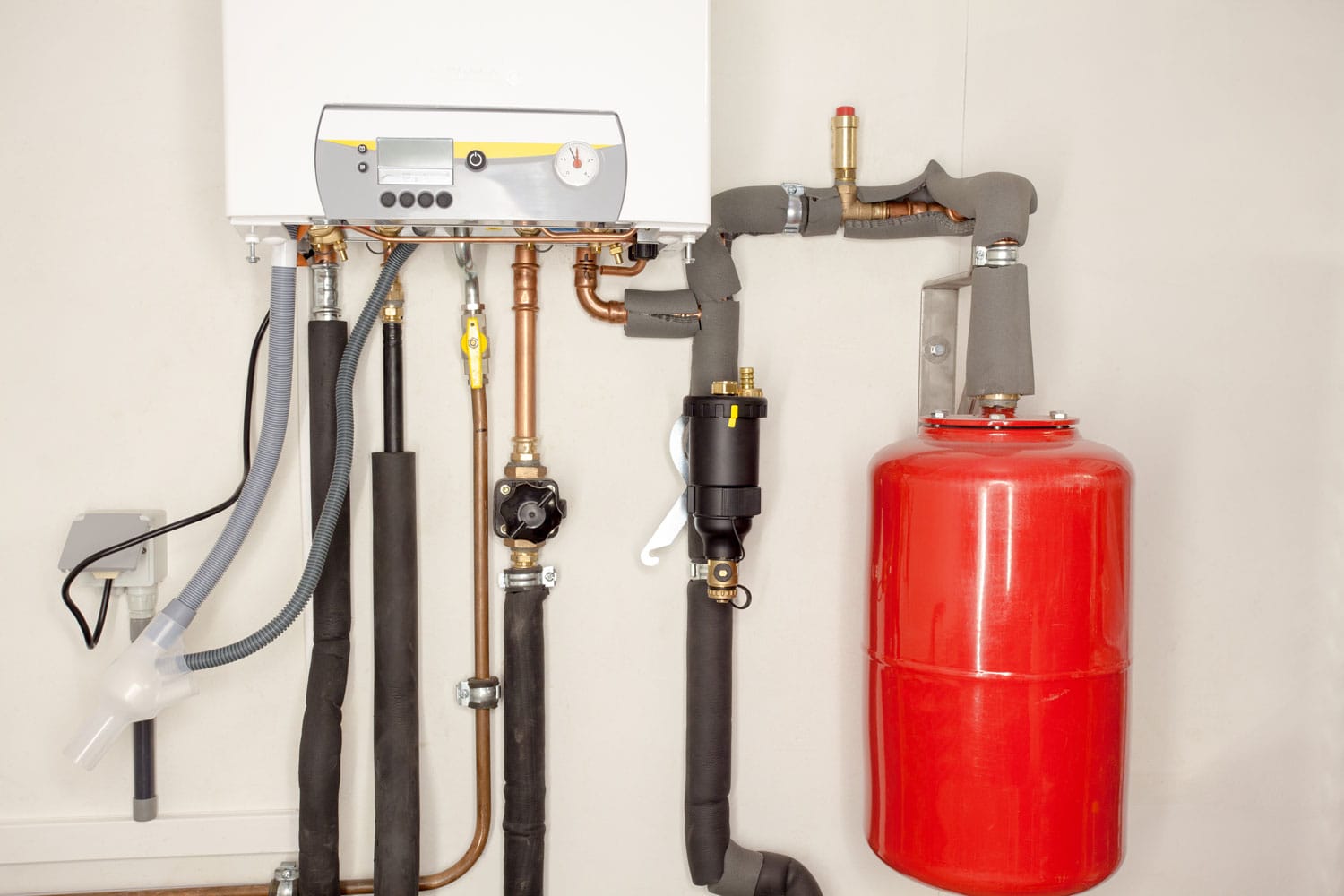
Size Of The Air Conditioner
It’s important to install the correct size of the HVAC unit. If it is too big or too small, it will work below its expected capacity. Therefore, including this in your planning process can save you undue costs.
You may think that if you get an AC unit with a higher BTU than the size of the room, your unit will still work efficiently. However, you may experience shortcomings with an oversized air conditioner.
Some reasons you may not want to go big include parts wearing down faster and needing more maintenance. Furthermore, the room may get too humid or the units could turn out to be too noisy.
What is BTU?
Before we continue, let's take a closer look at BTU? BTU is a unit of measurement to indicate how much energy your air conditioner will use depending on the size of the room or your home.
If you know how to calculate BTU, you can choose the size of AC that is most suitable for your basement. Alternatively, you could consult with a professional.
Let's look at some example sizes and ideal BTUs; a basement between 400 and 450 square feet will require an HVAC with a BTU of 10,000. And space between 700 and 1,000 square feet will need an HVAC with a BTU of 18,000.
If you want to condition a 2,000 square foot space, you would need an HVAC of 12,000 BTU. This would cost between $2,945 and $4,897 to install. An HVAC with a BTU of 24,000 costs around $2,620, and you can expect to pay $2,895 for an HVAC of 30,000 BTU.
As you can see, the size of your basement and the necessary BTUs in your AC should be considered in your budget.
Ductwork
You'll also need to consider the ductwork in your basement. Your HVAC consultant will go through this with you to decide where to install it.
The cost of installing new ductwork costs around $15 per linear foot, and the units range anywhere between $5,000 to $12,500, depending on the brand you prefer, the size of the appliance, and if you need any extra components to successfully complete the installation.
On average, the cost of labor to install the HVAC unit is $1,500. Insulating the ducts would generally cost around the same price.
The cost is also ascertained by the type of ductwork you decide to install, some of which are:
Flexible ductwork
Installers prefer non-metallic ducts because they are easy to install as they can be moved around at various angles, even around tight corners.
These flexible ducts like the Flexadux T-7 shown below are made from various materials such as rubber, PVC, polyurethane, and silicone. They cost between $1 and $2 per linear foot. To install would cost between $6.50 and $10 per linear foot.
Metal Ductwork
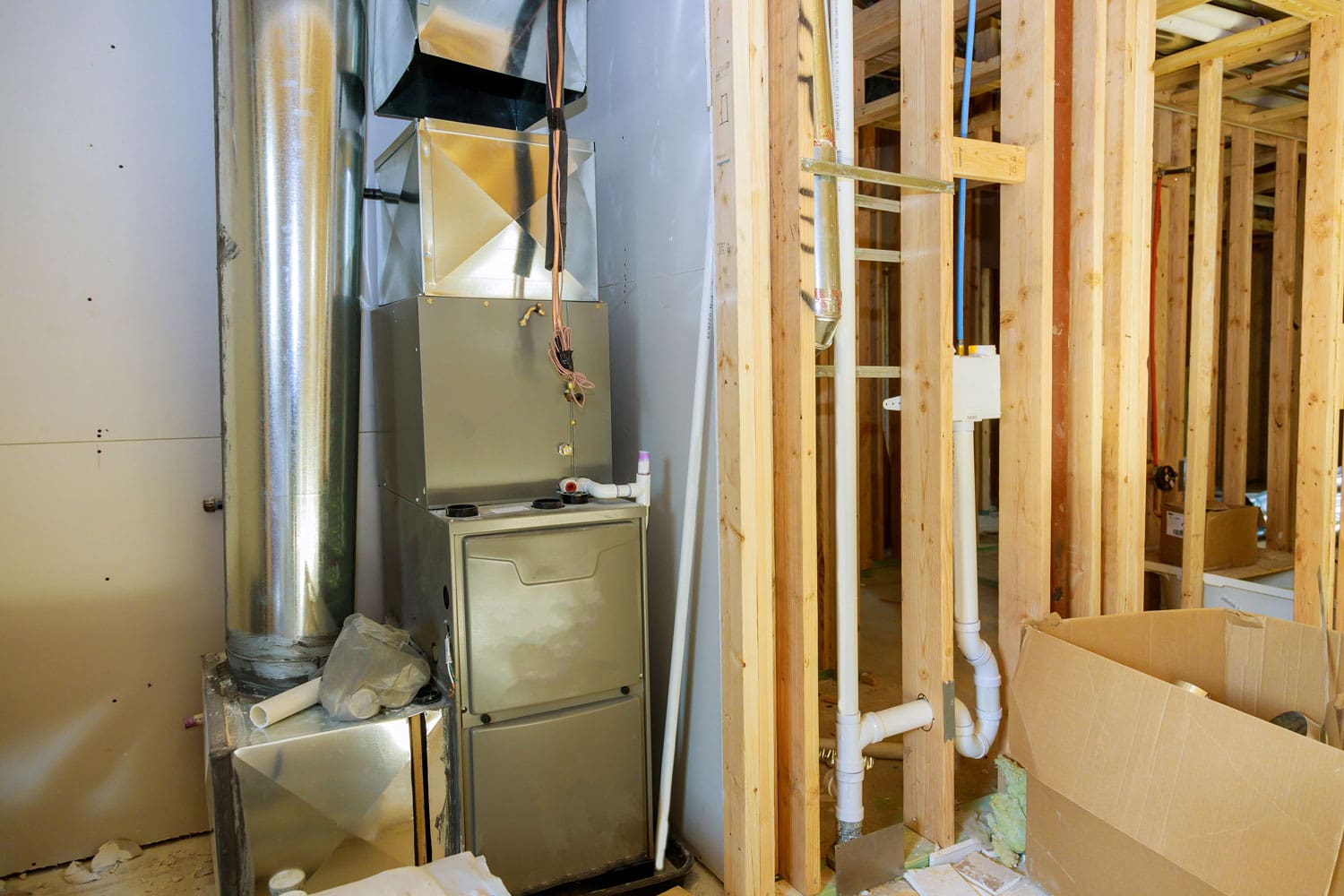
Metal ductwork is not flexible, making it harder to work with. However, it is durable and is less susceptible to mold. Aluminum and galvanized metal are the most common type of metal ducts.
The cost per pound of aluminum steel is between $9 and $20, and you can expect to pay $4 to $7 for galvanized steel. To install would cost between $9.50 and $11.50 per linear foot.
Fiberboard Ducts
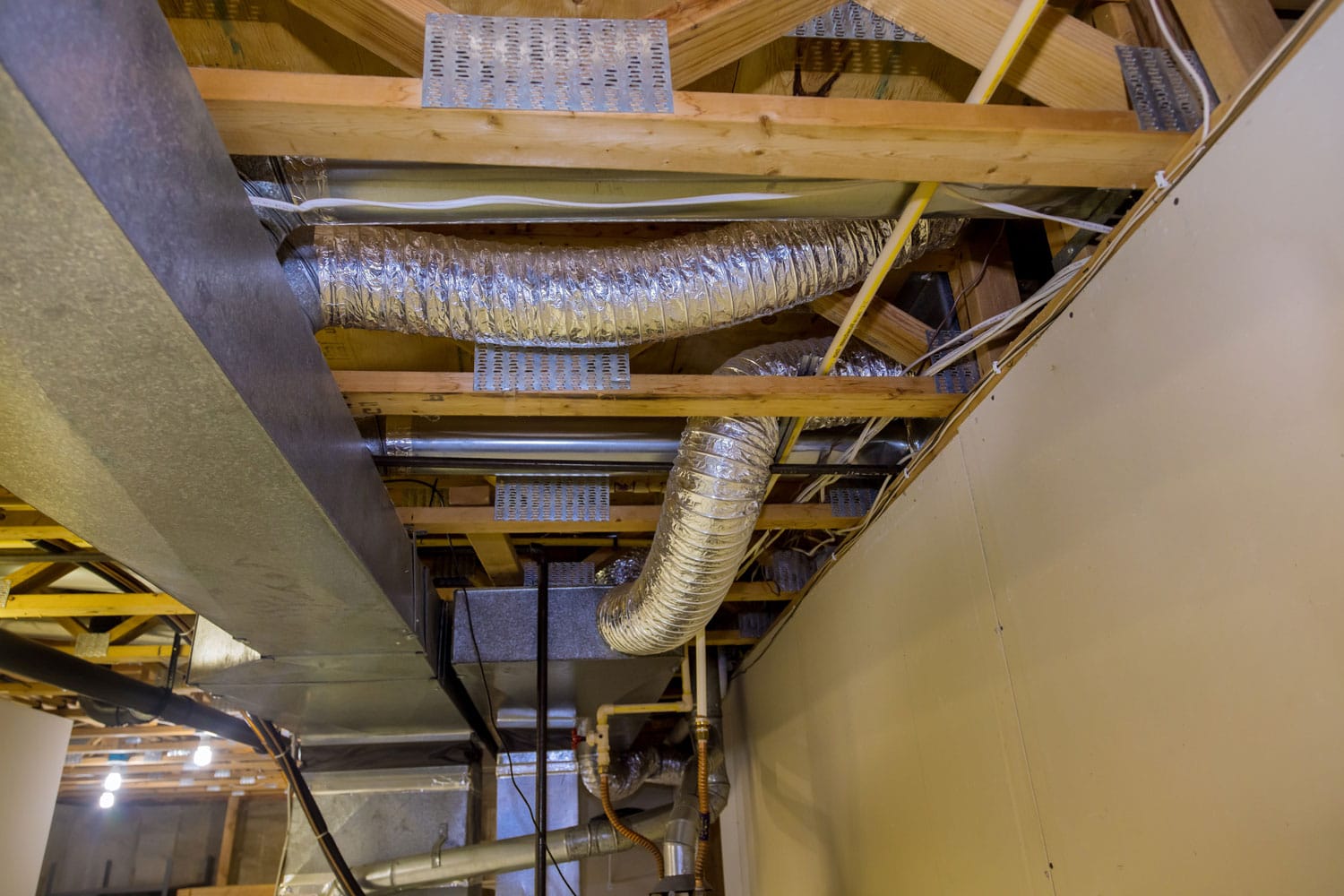
This duct is made from fiberglass strands bound together by resin and is insulated by adding foil to its exterior.
A fiberglass duct board would cost between $6.50 and $13.50 to install per linear foot.
HVAC Brands
There are a variety of great HVAC manufacturers you can consider. Let’s look some examples from different manufacturers, each with a SEER of 14.
SEER is a measure that shows the BTU (British thermal units) per watt-hours of electrical energy.
According to the energy department of the US, the minimum SEER rating required in the northern region is 13, while that in the south is 15.
An American Standard Air Conditioner with a SEER of 14 has an average installation cost of $3,575 to $ 6,178. They last longer and have the fewest calls for repairs.
Carrier air conditioning units with a SEER of 14 costs from $4,892 to $7,224 to install. It has many options to choose from, meaning you can get almost any unit to fit your home's specific needs.
Finally, Goodman air conditioners with a SEER of 14 are high quality and priced between $3,1884 and $4,275 to install.
Type Of AC According To How They Function
HVAC units and systems function differently. Below are three types of AC units that are different from one another.
Window Air Conditioners

A window air conditioner is an excellent solution for your basement if it has windows. They are manufactured to accommodate most circuitry and existing electrical outlets.
Installation is easy, so you can do it yourself without any special training. All you need is good clearance between the ground and the bottom of the unit so that moisture can drain well.
Typically, the price of a window air conditioner like the Midea air conditioner shown below ranges between $150 and $500.
But, remember that just as with any other AC, the more energy-efficient it is, the higher the price. The cost can be as high as $1,000 to $1,500 for a unit.
Ductless Mini-Split
The cost of this appliance ranges between $1,500 and $8,000. You can install a ductless mini-split AC in the basement even if there is no ductwork.
Also, it will save you big on energy costs since they are energy efficient, provides high-quality air, and is easy to adjust the temperature.
Portable Air Conditioner
A portable air conditioner is another excellent option for your basement. It’s easy to set up, move around, and effective for cooling one spot.
They cost between $250 and $500, depending on the size and the features in it like the air purifier, dehumidifier, or heater.
In Closing
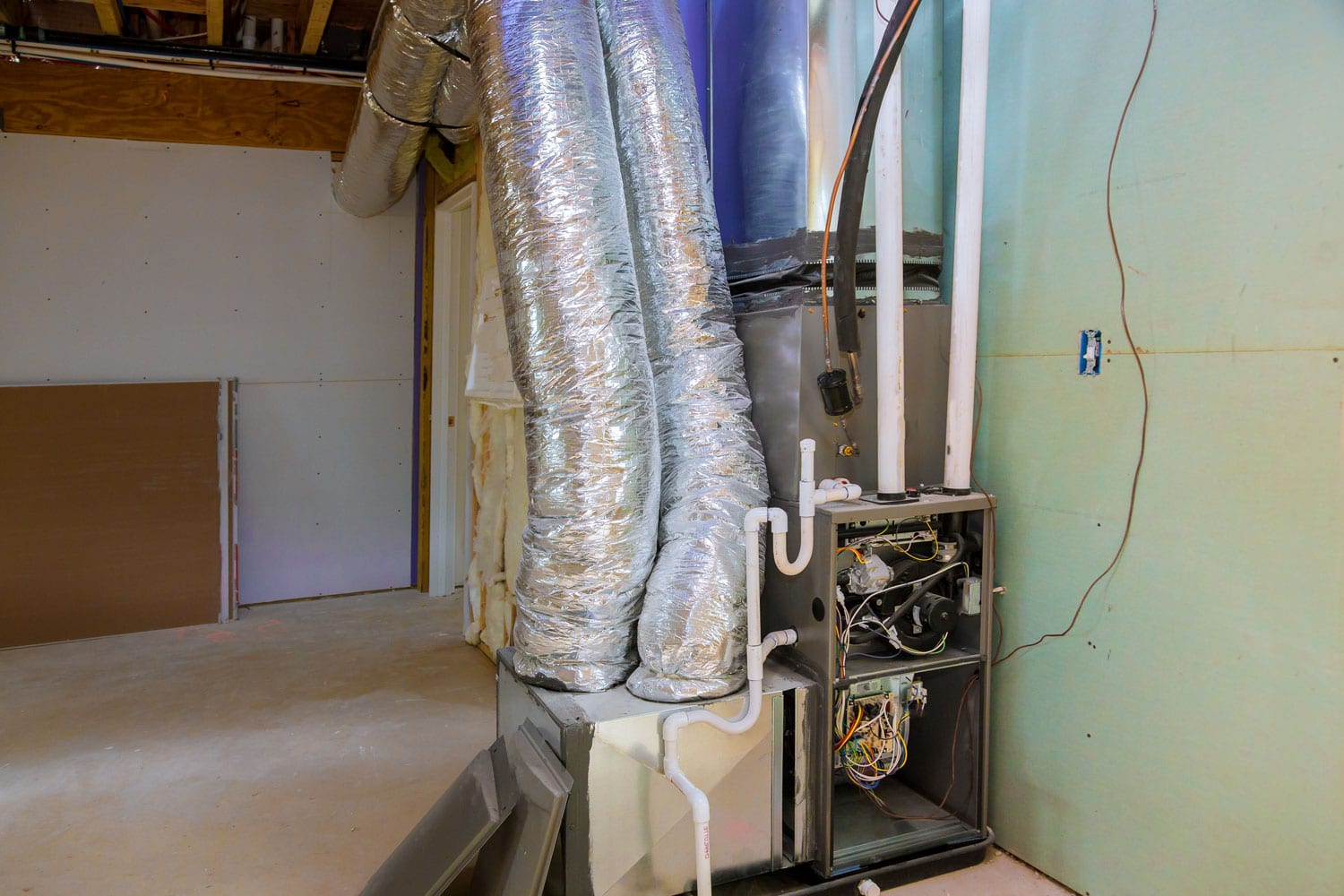
Price is one of the top-most considerations when choosing an HVAC system for your basement. Several factors affect how much you should expect to pay.
You'll need to consider the size, style, brand, and efficiency when choosing the best HVAC system for your basement as well as your budget. Certain styles will also require you to consider the necessary ductwork, both in terms of material and installation costs.
Now that you know more about this topic, you'll be prepared to make the best choice for your needs and your home.
If you found this article helpful, you should check out these useful posts:
How Much Does A Rheem Air Conditioner Cost?
HVAC Fan Speed Too High What To Do?

